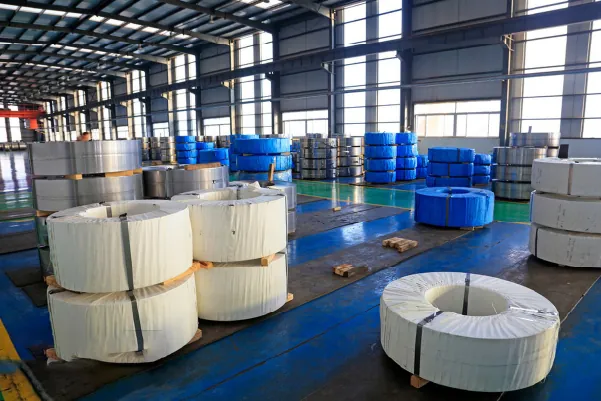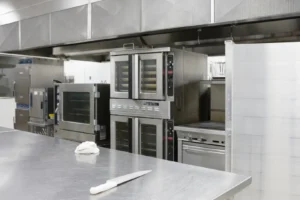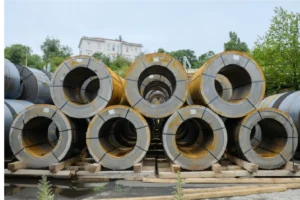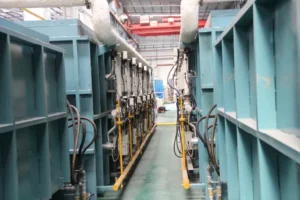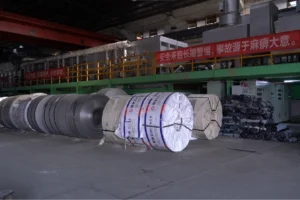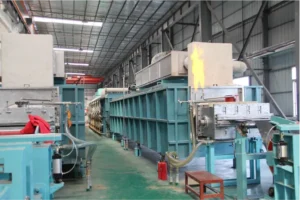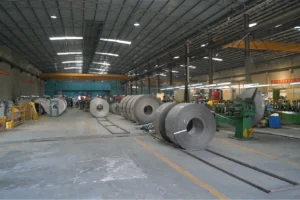Why Precise Slitting is Essential for Stainless Steel Coils: Reducing Waste and Increasing Efficiency
Inaccurate slitting creates costly waste and production delays. This directly impacts your bottom line and project timelines. Precise slitting is the essential solution for boosting efficiency and maximizing profitability.
Precise slitting of stainless steel coils is essential because it directly minimizes material waste, reduces scrap rates, and ensures dimensional uniformity. This consistency is critical for optimizing downstream manufacturing processes, preventing equipment jams, and meeting the tight tolerances required in modern industries like automotive and construction.
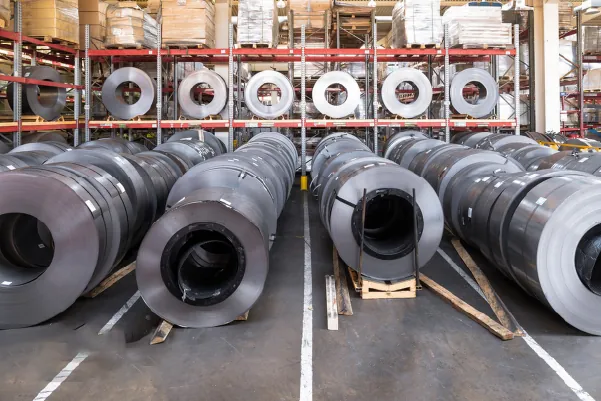
As the Global Business Director at MFY, I've seen firsthand how a seemingly small detail like the cut of a steel coil can have a massive ripple effect on an entire project. It's not just about cutting steel; it's about setting the foundation for quality, efficiency, and cost-effectiveness in everything that follows. Let’s explore why this process is so fundamental to your success.
What challenges are faced when slitting stainless steel coils?
Slitting stainless steel seems straightforward, but it’s not. Common issues like burrs, camber[^1], and inconsistent widths can derail your entire production line, causing costly delays and quality problems.
The main challenges in slitting stainless steel coils include managing the material's inherent hardness and toughness, which leads to rapid tool wear. Other significant issues are controlling burr formation, preventing edge waviness, and avoiding camber (deviation from a straight line), all of which affect final product quality.
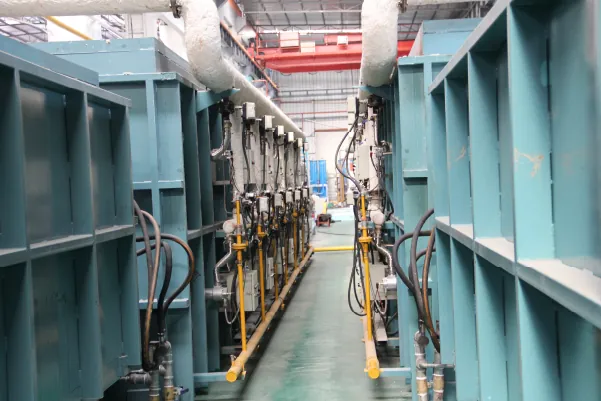
Slitting isn't just a simple cut; it's a precision engineering process that contends with the unique properties of stainless steel. The material's high tensile strength[^2] and work-hardening[^3] characteristics mean that slitting knives are under immense stress. This leads to faster wear and tear, and if not managed properly, it directly impacts the quality of the cut. I remember a client in the appliance manufacturing sector who was struggling with inconsistent parts. The root cause wasn't their stamping press; it was the poorly slit coils they were sourcing, which had significant width variations and heavy burrs. These defects caused machine stoppages and high rejection rates. At MFY, we understand these complexities intimately. We focus on controlling every variable to mitigate these common but critical challenges.
Common Slitting Defects and Their Causes
The key to quality is understanding what can go wrong. Here’s a breakdown of the most common issues we see and what causes them.
| Defect | Description | Common Causes |
|---|---|---|
| Burr | A sharp, raised edge on the slit strip. | Dull knives, incorrect knife clearance, improper pressure. |
| Camber | The lateral curve of a slit strip. | Uneven internal stresses in the master coil, incorrect slitter setup. |
| Edge Wave | Ripples or waviness along the slit edge. | Uneven tension during recoiling, dull tooling. |
| Width Variation | Inconsistent width along the strip's length. | Worn-out tooling, unstable slitting machine setup. |
Why is precise slitting crucial in reducing waste in stainless steel processing?
Material scrap is a major, often hidden, cost in manufacturing. Every millimeter of wasted stainless steel from an inaccurate cut adds up, eroding your margins with every coil you process.
Precise slitting is crucial for reducing waste because it allows for tighter tolerances, which minimizes the amount of edge trim scrapped during the process. It also ensures every slit strip meets exact specifications, eliminating the costly rejection and waste of entire off-spec coils or finished parts.
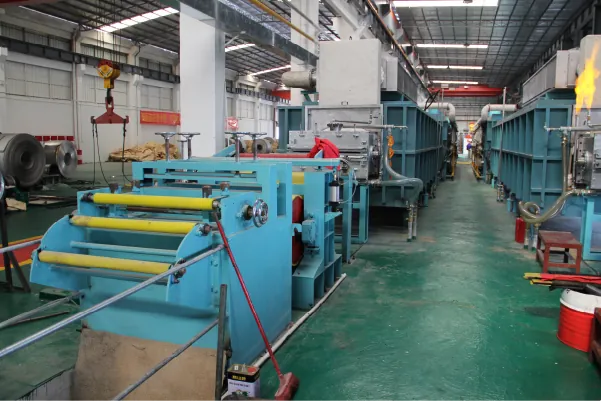
In a high-volume industry, waste reduction is not just an environmental goal; it's a core business strategy. The demand for precision comes directly from our most demanding clients, especially in sectors like automotive and electronics, where every gram of material is accounted for. Precise slitting directly tackles scrap in two ways. First, by achieving very tight width tolerances[^4], we minimize the "sacrificial" material that becomes edge trim. Over thousands of meters of coil, this small saving becomes substantial. Second, and perhaps more importantly, precision guarantees consistency. When a downstream process like automated stamping is calibrated for a specific width, any deviation can lead to defective parts. A single out-of-spec coil can result in thousands of rejected components, representing a massive loss of material, machine time, and labor. By investing in precision, we are essentially providing our clients with a more usable, higher-yield product that directly contributes to a leaner, more profitable operation.
The Financial Impact of Precision
Let's look at a simplified comparison to see how much of a difference precision makes.
| Slitting Method | Typical Width Tolerance | Estimated Edge Trim Waste | Potential Part Rejection Rate |
|---|---|---|---|
| Standard Slitting | ±0.5 mm | 3-5% | Up to 2% |
| MFY Precision Slitting | ±0.1 mm | <1.5% | <0.1% |
How does accurate slitting contribute to increased efficiency in production?
Production delays and machine downtime are efficiency killers. Poorly slit coils with defects like burrs and camber are a primary cause of machine jams, rework, and frustrating production stops.
Accurate slitting boosts production efficiency by ensuring that slit coils have uniform widths and clean, burr-free edges. This allows the material to feed smoothly into downstream automated machinery like presses, roll formers, and welders, minimizing stoppages, reducing setup times, and increasing overall output.
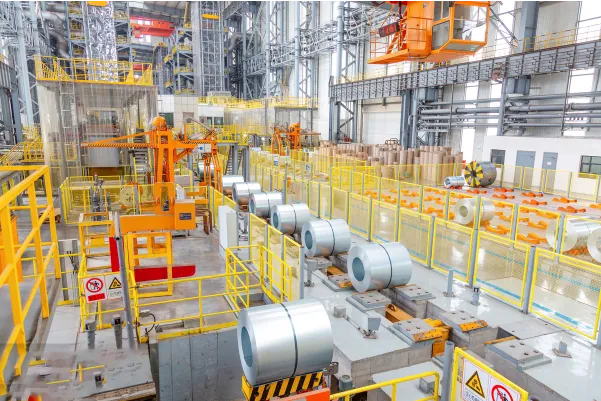
Efficiency in modern manufacturing is all about flow. Anything that disrupts that flow costs money. I worked with a construction contractor in Southeast Asia who was roll-forming steel studs on-site. Their project was falling behind schedule because their machines were constantly jamming. We traced the problem to their steel supply—the slit coils had inconsistent widths and heavy burrs that were catching in the forming rollers. When we supplied them with our precision-slit coils, their production rates nearly doubled overnight. The machines ran smoothly without interruption. This is a perfect example of how the quality of the raw material directly dictates the efficiency of the entire production line. It's not just about the steel itself, but how it's prepared. Uniform, accurately slit coils are a prerequisite for the high-speed, automated processes that define competitive manufacturing today. They reduce wear on machinery, require less manual intervention, and ultimately lead to a more predictable and productive operation.
Efficiency Gains in Downstream Processes
- Automated Stamping: Consistent coil width prevents misfeeds and die damage, allowing presses to run at their maximum rated speed.
- Roll Forming: Burr-free, straight edges ensure the material moves through rollers without snagging, producing dimensionally accurate profiles.
- Tube & Pipe Welding: Uniform strip width is critical for a consistent weld seam, reducing defects and improving the structural integrity of the final product.
What solutions exist for improving slitting accuracy in stainless steel coils?
Achieving top-tier precision is a real challenge. Standard, aging equipment often can't meet the tight tolerances that modern applications demand, leaving you with subpar results and inefficiencies.
Solutions for improving slitting accuracy involve investing in advanced technology. This includes high-precision slitting lines with CNC controls, laser-guided knife positioning, advanced tension control systems, and ultra-hard carbide or ceramic tooling that maintains its sharpness and dimensional stability for longer periods.
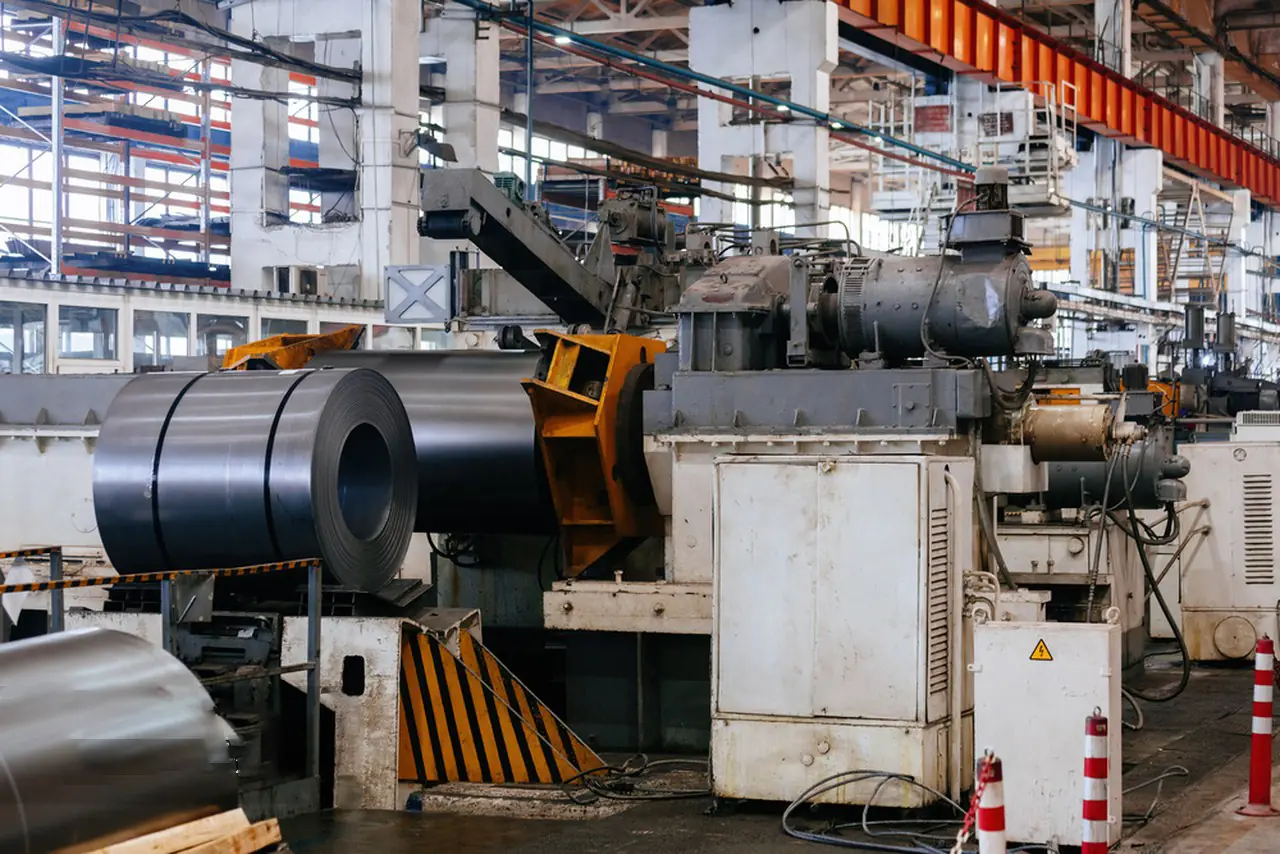
This is where a company's commitment to quality becomes tangible. At MFY, we recognized that meeting the evolving standards of our global clients required more than just standard equipment. It demanded a strategic investment in the best technology available. This is a core part of our mission to drive the global expansion of China's stainless steel supply chain. Our facilities are equipped with state-of-the-art slitting lines that are more computer than machine. These systems use real-time feedback loops to monitor and adjust tension, speed, and knife alignment on the fly. This isn't just about making a better cut; it's about making the perfect cut, consistently, across every meter of a coil and from one coil to the next. This technological advantage is what allows us to confidently supply materials for the most demanding applications, knowing that our product will enhance, not hinder, our customers' production processes.
Key Technologies for Precision Slitting
| Technology | Benefit |
|---|---|
| CNC Controls | Automates knife setup for extreme accuracy and repeatability. |
| Laser Guidance Systems | Ensures perfect alignment of slitting knives and coil edges. |
| Digital Tension Controls | Maintains uniform tension throughout the coil to prevent defects like camber. |
| High-Performance Tooling | Uses advanced materials for knives and spacers to reduce wear and maintain precision. |
What are the best practices for maintaining precision in stainless steel coil slitting?
Buying a precision machine is just the start; it's not a one-time fix. Without rigorous processes and maintenance, even the best equipment will start to produce lower-quality results over time.
Best practices for maintaining slitting precision include a strict and regular maintenance schedule for slitting knives, meticulous machine calibration, and comprehensive operator training. Implementing a robust quality control system with regular checks on width, burr, and camber is also essential for consistent results.

Technology is only as good as the people and processes behind it. At MFY, our operational philosophy is built on a foundation of continuous improvement and rigorous adherence to best practices. This is how we guarantee the quality that our brand stands for. Our operators are highly trained specialists who understand the nuances of slitting different grades and thicknesses of stainless steel. Our maintenance teams follow a proactive schedule, sharpening and replacing tooling well before any degradation in quality can occur. And most importantly, our quality control is not just a final check; it's integrated into every step of the process. We use digital calipers and laser scanners to verify dimensions continuously, ensuring that any deviation is caught and corrected in real-time. This disciplined approach is what turns a great machine into a reliable, high-precision production system. It’s this commitment that gives our clients peace of mind, knowing that every coil they receive from MFY will perform exactly as expected.
MFY's Precision Maintenance Checklist
- Daily: Visual inspection of slitting knives and spacers.
- Per Coil: In-process width and burr checks at the start, middle, and end of each run.
- Weekly: Full machine calibration and tension system diagnostics.
- Monthly: Tooling rotation and sharpening based on usage logs.
- Quarterly: Comprehensive operator retraining on new techniques and quality standards.
Conclusion
Precise slitting is not a cost center; it is a powerful investment in quality and efficiency. It directly reduces material waste, accelerates production, and is the foundation for a reliable, high-performance final product. Choosing a partner who masters this process is key to your success.
Have Questions or Need More Information?
Get in touch with us for personalized assistance and expert advice.
